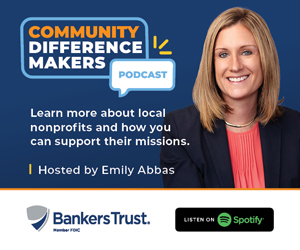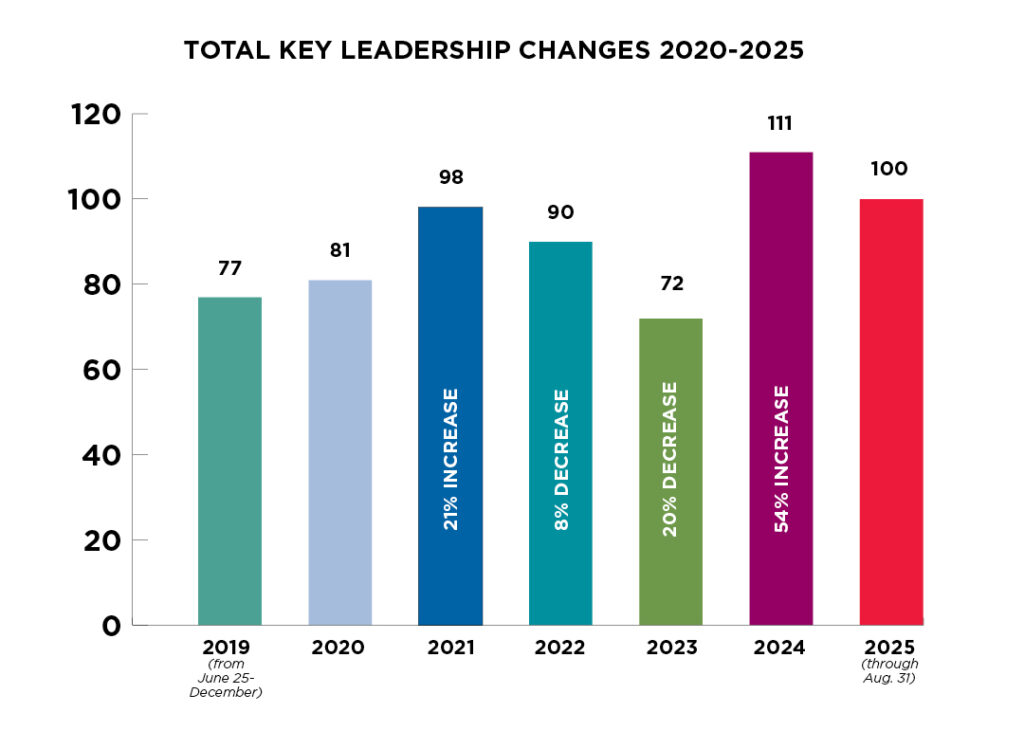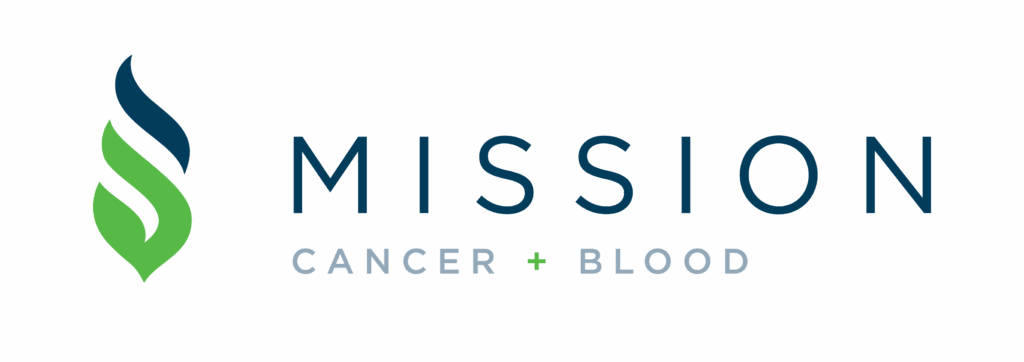Code Switching
Health care, insurance industries brace for switch to new diagnostic coding system

JOE GARDYASZ Oct 9, 2015 | 11:00 am
6 min read time
1,456 wordsBusiness Record Insider, Health and WellnessOne of the biggest systemwide changes in the U.S. health care system in decades just occurred Oct. 1, but unless you’re a doctor, health system administrator or insurance professional, chances are good that you have never heard about it. Those in the health profession, however, are hip-deep in preparing for what’s known as ICD-10.
Starting on that date, health systems and insurers were required to switch to ICD-10, a diagnostic and procedural coding system that is the 10th version of the International Classification of Diseases. The coding system, which for decades has been ICD-9, is used by every doctor, clinic and hospital in the country to record specific diagnoses, which are then submitted to insurers for payment based on the procedures performed.
In Central Iowa, health providers and insurers expect “some bumps” as doctors and hospitals begin submitting claims through the new system, which initially may take longer than normal to process, said Sheryl Terlouw, director of network innovation for Wellmark Blue Cross and Blue Shield. Terlouw leads a team at Wellmark that has been preparing for the ICD-10 switchover for the past four years. The 10th version of the system has nearly five times as many possible codes.
“I call it the Y2K of the health care industry,” Terlouw said, referring to the pre-millennial scare when everyone held their breath to see if computers would crash globally as digital systems rolled over to Jan. 1, 2000. “We’re kind of hoping that it works like Y2K, that we do a whole lot of prep and then it becomes a non-event. We have reasons to believe we might have a few bumps along the way.”
With ICD-10, doctors will have more than 69,000 diagnostic codes used to document a patient’s condition, compared with about 14,000 available with ICD-9. For instance, a doctor could record that the patient is a diabetic, and that the person has kidney disease or eye problems related to the diabetes. There are codes – very specific codes – that specify not only where on the person’s body injuries occurred, but how they occurred as well, whether it was from a shark attack or getting hit by falling satellite debris. And yes, those are real codes (see a few other strange codes on pg. 24).
“From a provider standpoint, they’re going from having to find thousands of codes to something much greater,” said Keith Seashore, chief financial officer for UnityPoint Clinic. “Now they’re going to have to learn a new nomenclature and a way to code the appropriate diagnosis at a much more specific level.”
The World Health Organization approved the revised code in 1990, but the United States is the last country in the world to adopt the system.
“Diagnosis coding is used to record morbidity and mortality statistics by all countries, but the U.S. is unique in that we also use diagnosis codes for payment, and that’s what has made this change so protracted,” Terlouw said.
Wellmark has provided a model test environment for health providers to try out ICD coding since May, but fewer than 10 percent of the 7,000 provider organizations that submit claims to Wellmark have taken advantage of that, Terlouw said. “That’s kind of a scary number for us,” she said. “We haven’t done a lot of testing.”
Terlouw said Wellmark has a “war room” in place at its headquarters to monitor claim receipts on a daily basis and “react to any bumps as fast as we can.”
Seashore said UnityPoint has spent millions of dollars over the past two to three years to prepare its systems and staff to use ICD-10. More worrisome to health systems, however, is the anticipated lag in payments beginning in October. Some large health systems around the country have secured loans in anticipation of potential cash-flow crunches, a step that UnityPoint believes it can avoid.
“We’re fortunate enough to be able to have enough cash to be able to deal with any delay in payments,” Seashore said. “We do expect a potential delay in how many days it takes to get a claim paid. For us, it’s normally somewhere between 35 and 40 days on average; that might go up to 45 to 50 days for a small period of time. But financially, we’ll be able to weather that storm.”
That storm could be more severe for smaller practices, however.
“I think for small, independent providers that are somewhat living week-to-week in terms of meeting payroll, there is some potential that those types of providers could be impacted significantly by a delay in cash flow,” he said. “But I think most larger organizations probably have a little bit set aside to absorb a minimal impact.”
Dr. Dawn Schissel, a family medicine physician at Jordan Creek Family Medicine, said the new system definitely will take more time for her and the office’s two other doctors to use, and she anticipates it will affect her practice’s cash flow as well.
“It is a big deal,” she said. “There are almost 10 times more codes, which really opens up the possibility for more claims to be denied.”
Three years ago, the practice spent about $80,000 to upgrade its electronic health records (EHR) system, which included an upgrade to the new ICD-10 codes that are built into the EHR program.
“I see that as being a real help,” said Schissel, noting that she and her colleagues each received just one hour of training they paid their EHR company to provide. “Otherwise, there is no way you could get the codes right.”
Financially, “I think our reserves are probably good enough, but (the possibility of borrowing is) always out there,” she said. “I don’t think it’s going to be quite that bad. Also, our business manager is really good; her livelihood depends on us getting it right, so she has a personal stake in it.”
The change probably won’t affect her office’s patient flow, but it will likely increase the time she and the other doctors spend after hours to code. “I think it’s going to take another hour out of our day we wouldn’t be spending there,” she said.
Dr. Erick Laine, executive vice president and chief operating officer of UnityPoint Clinic, said the switch probably will mean a temporary decrease in productivity at his system’s clinics.
“Any time you make a significant change in the operational flow of your clinic, particularly affecting physicians and front-line staff, you always run the risk of decreased productivity and therefore decreased revenue,” he said. “There’s also a risk of increased denial of pending claims, which is a cash-flow problem.”
The costs incurred are not just hard-dollar costs, but opportunity costs, Laine said. “Every time you take a physician out of practice to train and educate them, those are opportunity costs,” he said. “And as you implement, it slows them down, and those are real cost burdens.”
In terms of patient wait times, doctors say there could be a temporary impact as they adapt to the new system. “But we would hope that at the very worst it would only be temporary,” Laine said.
McFarland Clinic in Ames, which has been dual-coding ICD-10 alongside ICD-9 for more than a year, expects very little difference in patient experience, said Dr. Don Skinner, medical director for population health with the clinic.
“Yes, it does take longer to code the patient, but in terms of the care you receive and what it means to what I do on a day-to-day basis to care for you appropriately, I would say these codes really don’t make any difference,” he said.
In the long term, the new system is expected to benefit the U.S. health system overall by providing a much more comprehensive picture of health care trends and data.
“Any time you become more sophisticated in your accounting for complex systems, you’re going to understand them better and have better power to effect both macro and micro change,” UnityPoint’s Laine said. “But the benefits don’t easily accrue back to providers. The burden hits them hard, and there’s no immediate translation of value back to them.”
Some ICD-10 codes are just plain strange
There’s an extraordinary level of detail embedded in the codes listed in the voluminous ICD-10 book for doctors to record practically any feasible — or even some pretty unlikely — scenarios that could send someone to a hospital emergency room or a clinic waiting room. Here are some favorites from the staff at Wellmark Blue Cross and Blue Shield, who have combed through the codes:
Code – Meaning
Z63.1 – Problems in relationship with in-laws
V91.07 – Burn due to water skis on fire
R46.1 – Bizarre personal appearance
W61.62A – Struck by duck
Y92.253 – Injured at the opera









